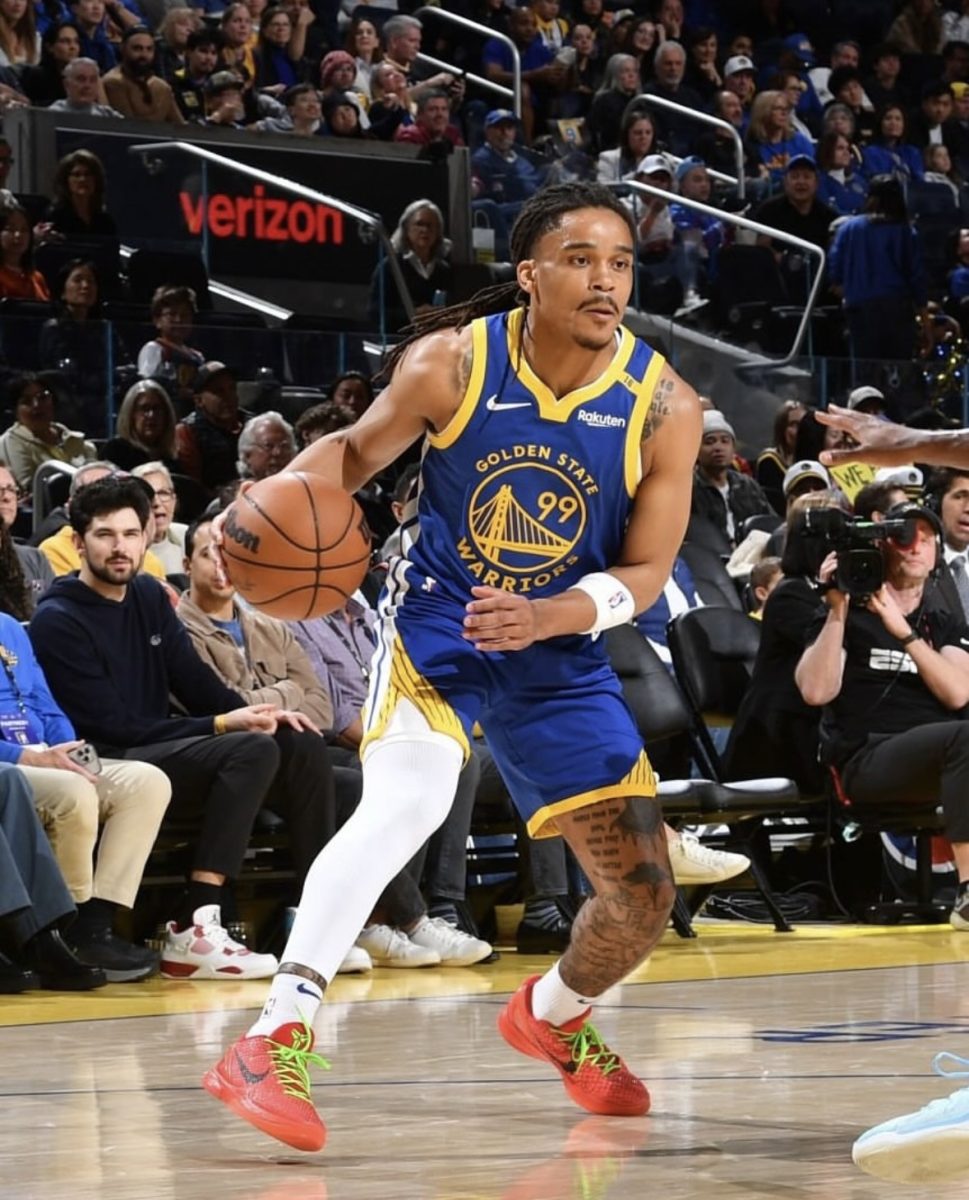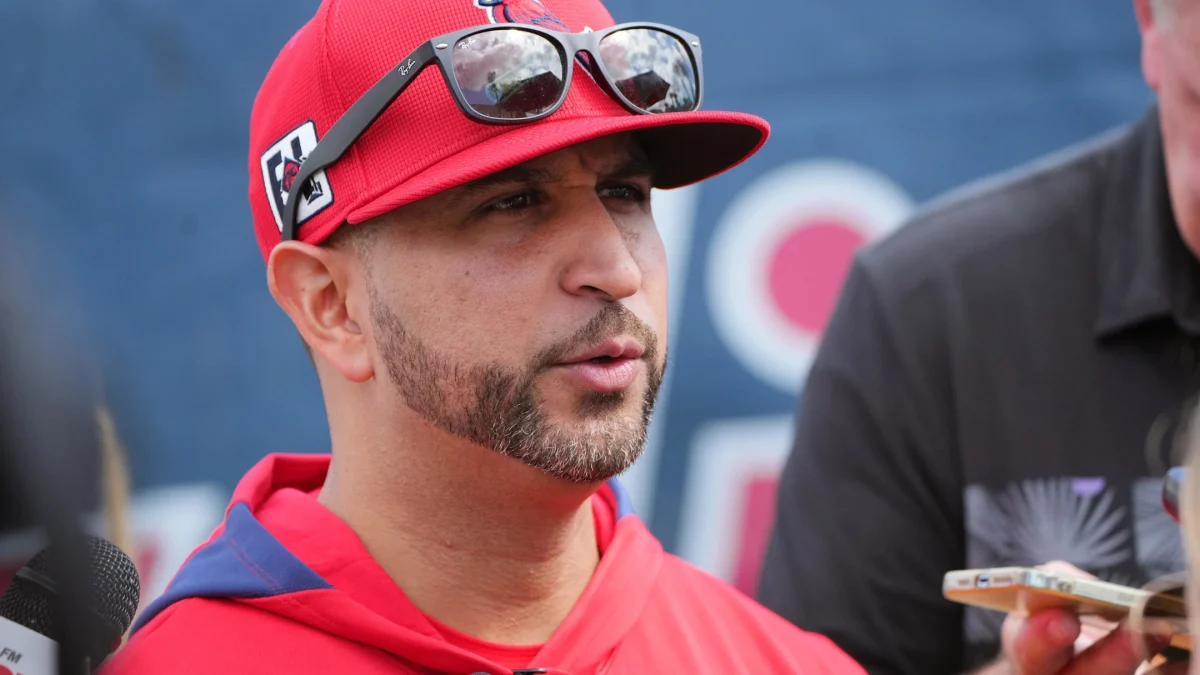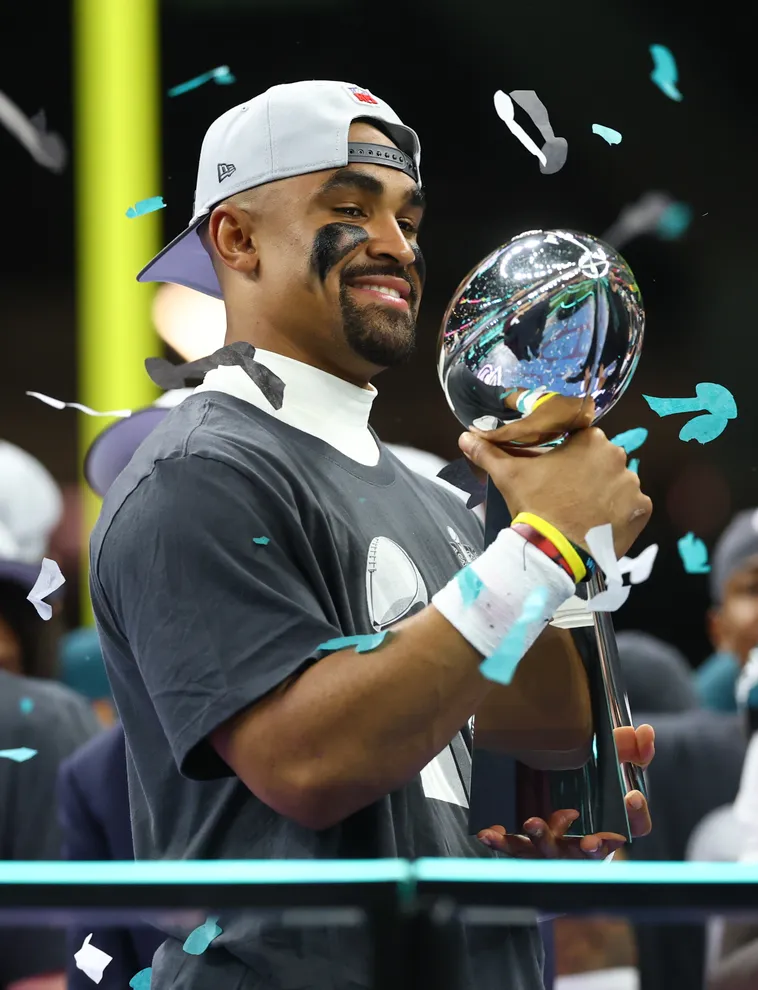COMMENTARY
It takes the opposite to excel.
The best hitters in baseball all have one thing in common-they understand that successful hitting starts in the opposite field.
Even the greatest players in baseball have to learn to hit the other way. Up until this year Barry Bonds was known as a dead pull hitter.
In this, the 37th year of his life and 16th year of his professional career, Bonds has become a complete hitter.
Bonds is loved by some fans and hated by others, but there is one thing that is undisputed-he is great.
The fact is, however, that Bonds had not reached his full potential as a hitter until this year. Up until this year, Bonds relied solely on pulling the ball for his hitting, and specifically, his power.
In 2001, he has begun to take the ball the other way with more frequency, and subsequently, his production has gone up.
Statistically, Bonds has the second highest average of his career. More telling, however, are Bonds’ power numbers.
Until ’01 his career high for home runs was 49. As of last night, he had 67 home runs and is on pace for 71. Of course, 71 home runs would break the record of Mark McGwire that was set back in 1998. McGwire’s record is the record that would never be broken, according to some.
The difference in Bonds’ power statistics lie in one place, the opposite field. This year, Bonds has 18 home runs to the left of dead centerfield.
It is this dedication to hitting the ball the other way that has allowed him to eclipse his previous home run total by exactly 18. Coincidence, I think not.
In most Giants’ games, the opposing team employs a shift against Bonds. This shift is designed to force pull hitters to hit into the teeth of the defense. By going the other way, Bonds has made the infield shift as useful as a Beta video system.
Earlier this week in San Diego, Bonds began to feel like he was trying too hard to pull the ball. Subsequently, before the game he had a conversation with Tony Gwynn, arguably the best opposite field hitter ever.
The two talked about trying to use the whole field, as opposed to only using half, as a hitter does when he solely pulls the ball. Later that evening, Bonds hit two home runs, one to centerfield and one to the opposite field.
Like Bonds, Gwynn is going to be a first ballot Hall of Fame inductee. However, Gwynn does not hit for power, steal bases or drive in an immense number of runs. What Gwynn does do is hit for a higher average than most pitching staffs combined.
Since he arrived on the scene in Major League Baseball Gwynn, has not hit below .300 in any full season. He has redefined hitting in the modern era with the use of one thing-the opposite field.
Because of Gwynn, the area between the shortstop (scoring position number six) and the third baseman (scoring position number five) has been renamed the five-point-five hole.
This area on the field was renamed the five-point-five hole because of Gwynn’s ability to consistently drive the ball through that area.
The common misconception is that Gwynn is a slap hitter. There could be nothing further from the truth. What he is able to do is keep his weight back and drive the ball with power to the opposite field.
What Bonds is doing this year, and what Gwynn has done throughout his entire career, is take advantage of something that most professional hitters cannot do. The ability to hit the ball the other way is something that coaches begin to teach in Little League.
The concept itself seems so easy, but the application of such a simple concept is nearly impossible to master. Players in MLB are the best baseball players in the world, and most of them have not come close to mastering hitting the other way.
One thing is for sure: Baseball’s best hitters will always use the opposite field. So until a player uses all fields, he won’t excel in the opposite.









